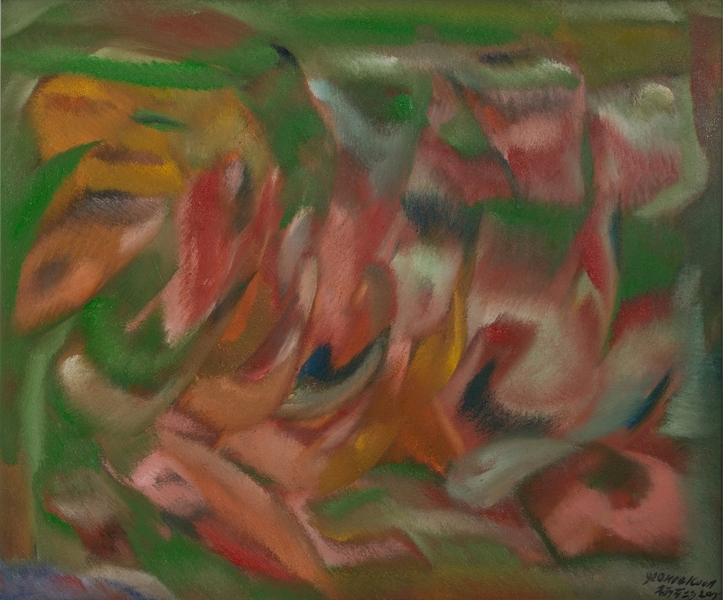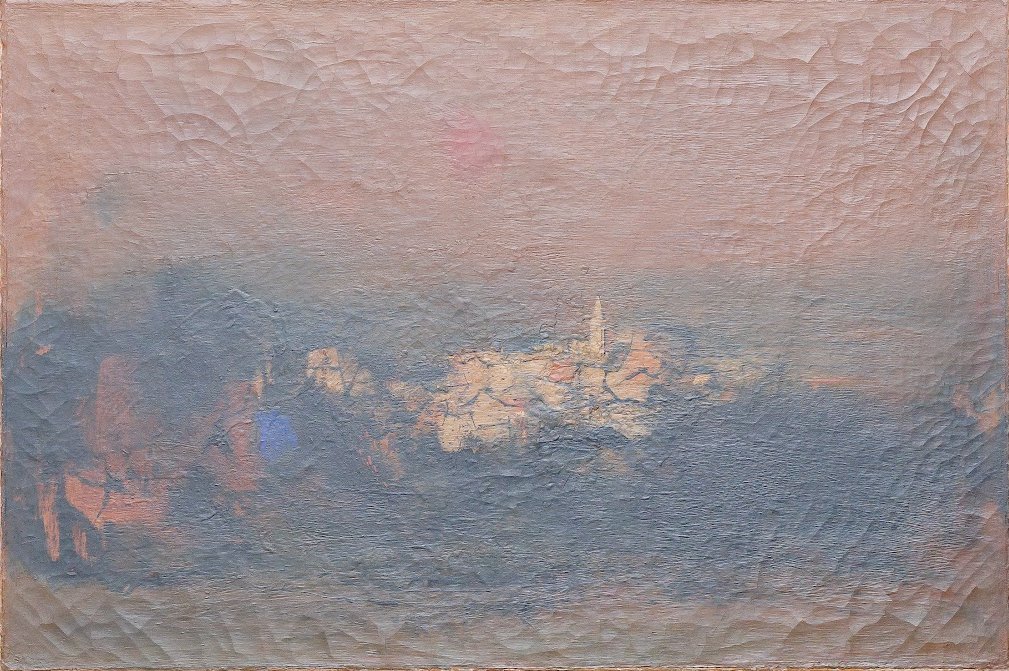Acrylic Painting on Canvas Team Bonding Art Jamming Singapore Visual Arts Centre
























Yeo Hoe Koon
Oil on Canvas
64 x 89.5 cm
Price Range: $16,000 - $20,000

Yeo Hoe Koon
Oil on Canvas
101 x 123 cm
Price Range: $26,000 - $32,000

Chen Wen Hsi
Chinese Ink and Color on Paper
50 x 54cm
Price Range: SGD $42,000 - $50,000

Cheong Soo Pieng
Red Tone
61 x 91.5cm
Price Range: SGD $108,000 - $138,000

Cheong Soo Pieng
Abstract Landscape
50 x 61cm
Price Range: SGD $95,000 -$128,000

Fan Shao Hua
Chinese Ink and Colour on Paper
100 x 100cm
Price Range: SGD $9,800 - $14,800

Fan Shao Hua
Chinese Ink and Colour on Paper
100 x 100cm
Price Range: SGD $8,800 - $13,800



DSA美术作品集培训课程. 新加坡的直接入学美术计划(Direct School Admission)是新加坡教育部实施的一项计划,旨在允许学生通过艺术才能和兴趣来获得入学资格,而不仅仅是通过学术成绩。该计划旨在提供更多的机会,以便学生能够在各种领域,包括艺术、体育、领导能力等方面展示他们的特长和潜力。


From left to ride: Our student working on her Creative Work for her Portfolio Preparation DSA; Student using reference as a guide for her portfolio


我们的学生创作的作品

新加坡DSA美术作品集(Direct School Admission Art Portfolio)是用于申请新加坡学校艺术课程或项目的重要材料之一。以下是准备这种作品集的一般步骤:


进入DSA作品集的作品作品需要精心筛选

准备一份有竞争力的DSA美术绘画作品集,需要一年至两年的时间学习。如何孩子是初学者,更要多一些时间训练,从绘画基本功入手,打下扎实基础,然后进入创作阶段。课程内容包括:素描、水彩、丙烯、综合媒介绘画、雕塑、速写、创作



欢迎小朋友加入视觉艺术中心专业DSA美术作品集培训课程。如有任何询问,请联系我们,


视觉艺术中心 – Visual Arts Centre (Dhoby Ghaut Studio)
10 Penang Road, #01-02 Dhoby Ghaut Green
Singapore 238469
麦波申画室 ( 麦波申地铁站 A出口, 2分钟步行到对面的 AZ@Paya Lebar Building)
140 Paya Lebar Road, #03-04 AZ@Paya Lebar Building, S(409015)
Have any questions? Please drop us an enquiry form and we'll respond to you as soon as we can!
"*" indicates required fields
Click and get to our WhatsApp
Embark on a captivating journey into the vibrant world of digital art! Our Foundation in Digital Art workshop invites budding creatives aged nine and above to unleash their imagination and hone their artistic skills in a dynamic, supportive environment. From mastering basic digital tools to crafting mesmerizing digital masterpieces, children will explore a spectrum of techniques guided by seasoned mentors. Through hands-on activities and interactive sessions, participants will discover the endless possibilities of digital expression while fostering creativity and critical thinking. Join us for an exhilarating adventure where young artists transform ideas into stunning visual realities, igniting a passion for digital art
In the Batik Introduction Handkerchief Painting workshop, participants will learn the traditional art of batik, a wax-resist dyeing technique originating from Indonesia. The workshop begins with a brief history and overview of batik, highlighting its cultural significance and various techniques. Participants will then observe a demonstration of applying wax with tjanting tools and dyeing the fabric. Following the demonstration, each participant will design and create their own batik handkerchief, applying wax to create patterns and then dyeing their fabric. The workshop concludes with a group discussion, allowing participants to share their creations and reflect on their learning experience.